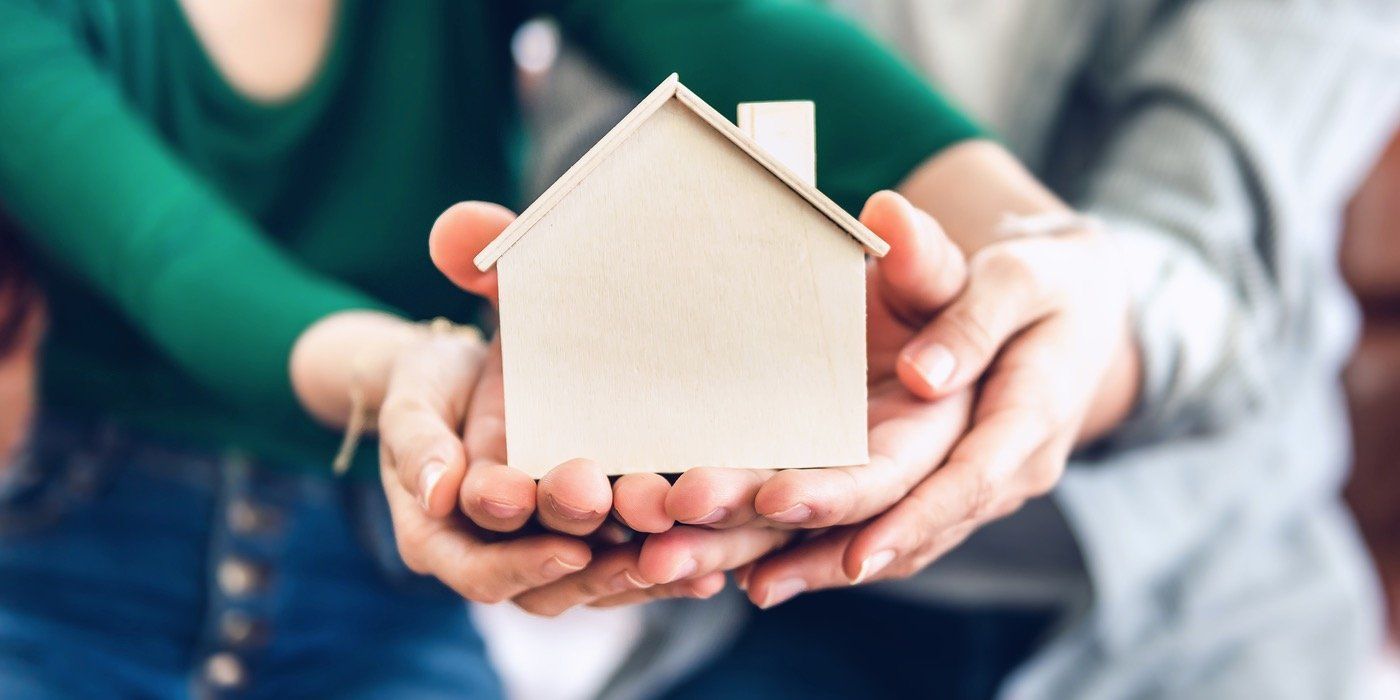Deferring Mortgage Payments. (Covid-19)
Bill Fraser • March 23, 2020

In response to the Covid-19 crisis; for those individuals financially affected, banks and the government have announced that payment relief may be available for up to 6 months of deferred mortgage payments.
As information is changing daily, or hourly, if you have any questions, please contact me directly to discuss your financial situation. The following information is a general guideline, each lender deals with things a little differently. So, here’s what you need to know.
Do you qualify for deferred payments?
Just because lenders are offering deferred mortgage payments, doesn’t mean you will qualify. Lenders are looking at each case individually and will only offer deferral upon their sole discretion. If you haven’t experienced income disruption, you won’t be eligible for payment deferral.
To qualify, you will have to prove not only that you have been directly financially impacted by Covid-19, but that you have no other means of making your mortgage payments. In other words, you have to prove genuine financial hardship.
Before making an application to your lender for deferred payments, you should consider applying for EI and continue making your payments as scheduled. Good advice is only to contact your lender if you have an immediate need and you would otherwise default on your payments.
Deferred doesn’t mean free
To be clear, deferred does not mean free. If you defer your payments for up to 6 months, you will still be responsible for paying that money to the lender. In fact, at most lenders, deferred payments could be added on to the principal mortgage amount and could incur additional interest.
Once your payments are resumed, they might increase your regular payment to maintain your existing amortization schedule.
Applying to defer your mortgage payments
If you are in a place where your only option is to defer payments, so you don’t get behind or default on your mortgage, you should contact your lender directly. Should you call and not get through, consider sending an email. Here is a template for you to follow. Edit as required.
Subject: “your name” & “mortgage #”
My name is “your name”. I would like to inquire about mortgage payment relief. My income has been disrupted by the Covid-19 virus, and I have limited means to make upcoming mortgage payments.
My address is “insert address”, and my contact information is “provide the best way to contact you”.
Please advise of the next steps.
“your name.”
Will deferring mortgage payments impact your credit score?
The simple answer is, no. A lender approved deferral is not like missing a mortgage payment. However, if you don’t communicate with your lender and just skip a payment, it could negatively impact your credit score.
Now, the truth is, payment deferral shouldn't impact your credit score, BUT, in these unprecedented times, and with the overwhelming number of deferral applications and banks having never handled anything like this before, it wouldn’t be a big stretch to imagine that mistakes could be made. Misinformation could get misreported to the credit bureaus.
Other mortgage options
Payment deferral isn’t the only option you have at this time. You may qualify for any of the following:
A mortgage refinance
Restoration of your original amortization (to lower your payment)
Hold a payment (during a temporary suspension of income)
Negotiated reduction of payments
If you are in a place where the Covid-19 has financially impacted you, and you need someone to discuss all your options - including deferring payments, please contact me anytime.
Let's discuss your financial situation and work together on a plan to get you through this!
RECENT POSTS

Why the Cheapest Mortgage Isn’t Always the Smartest Move Some things are fine to buy on the cheap. Generic cereal? Sure. Basic airline seat? No problem. A car with roll-down windows? If it gets you where you're going, great. But when it comes to choosing a mortgage? That’s not the time to cut corners. A “no-frills” mortgage might sound appealing with its rock-bottom interest rate, but what’s stripped away to get you that rate can end up costing you far more in the long run. These mortgages often come with severe limitations—restrictions that could hit your wallet hard if life throws you a curveball. Let’s break it down. A typical no-frills mortgage might offer a slightly lower interest rate—maybe 0.10% to 0.20% less. That could save you a few hundred dollars over a few years. But that small upfront saving comes at the cost of flexibility: Breaking your mortgage early? Expect a massive penalty. Want to make extra payments? Often not allowed—or severely restricted. Need to move and take your mortgage with you? Not likely. Thinking about refinancing? Good luck doing that without a financial hit. Most people don’t plan on breaking their mortgage early—but roughly two-thirds of Canadians do, often due to job changes, separations, relocations, or expanding families. That’s why flexibility matters. So why do lenders even offer no-frills mortgages? Because they know the stats. And they know many borrowers chase the lowest rate without asking what’s behind it. Some banks count on that. Their job is to maximize profits. Ours? To help you make an informed, strategic choice. As independent mortgage professionals, we work for you—not a single lender. That means we can compare multiple products from various financial institutions to find the one that actually suits your goals and protects your long-term financial health. Bottom line: Don’t let a shiny low rate distract you from what really matters. A mortgage should fit your life—not the other way around. Have questions? Want to look at your options? I’d be happy to help. Let’s chat.

Mortgage Registration 101: What You Need to Know About Standard vs. Collateral Charges When you’re setting up a mortgage, it’s easy to focus on the rate and monthly payment—but what about how your mortgage is registered? Most borrowers don’t realize this, but there are two common ways your lender can register your mortgage: as a standard charge or a collateral charge . And that choice can affect your flexibility, future borrowing power, and even your ability to switch lenders. Let’s break down what each option means—without the legal jargon. What Is a Standard Charge Mortgage? Think of this as the “traditional” mortgage. With a standard charge, your lender registers exactly what you’ve borrowed on the property title. Nothing more. Nothing hidden. Just the principal amount of your mortgage. Here’s why that matters: When your mortgage term is up, you can usually switch to another lender easily —often without legal fees, as long as your terms stay the same. If you want to borrow more money down the line (for example, for renovations or debt consolidation), you’ll need to requalify and break your current mortgage , which can come with penalties and legal costs. It’s straightforward, transparent, and offers more freedom to shop around at renewal time. What Is a Collateral Charge Mortgage? This is a more flexible—but also more complex—type of mortgage registration. Instead of registering just the amount you borrow, a collateral charge mortgage registers for a higher amount , often up to 100%–125% of your home’s value . Why? To allow you to borrow additional funds in the future without redoing your mortgage. Here’s the upside: If your home’s value goes up or you need access to funds, a collateral charge mortgage may let you re-borrow more easily (if you qualify). It can bundle other credit products—like a line of credit or personal loan—into one master agreement. But there are trade-offs: You can’t switch lenders at renewal without hiring a lawyer and paying legal fees to discharge the mortgage. It may limit your ability to get a second mortgage with another lender because the original lender is registered for a higher amount than you actually owe. Which One Should You Choose? The answer depends on what matters more to you: flexibility in future borrowing , or freedom to shop around for better rates at renewal. Why Talk to a Mortgage Broker? This kind of decision shouldn’t be made by default—or by what a single lender offers. An independent mortgage professional can help you: Understand how your mortgage is registered (most people never ask!) Compare lenders that offer both options Make sure your mortgage aligns with your future goals—not just today’s needs We look at your full financial picture and explain the fine print so you can move forward with confidence—not surprises. Have questions? Let’s talk. Whether you’re renewing, refinancing, or buying for the first time, I’m here to help you make smart, informed choices about your mortgage. No pressure—just answers.



